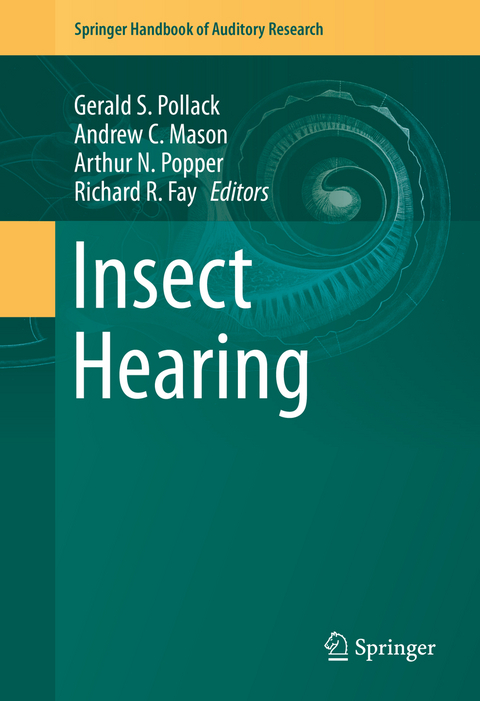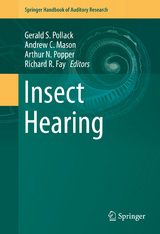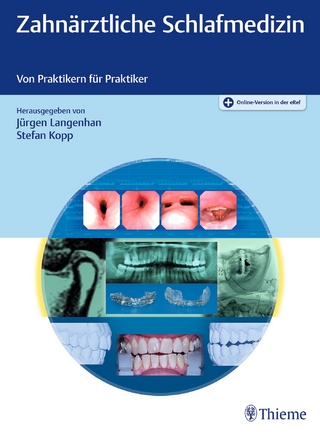Insect Hearing
Springer International Publishing (Verlag)
978-3-319-28888-8 (ISBN)
Gerald Pollack is a Professor in the Department of Biology, McGill University, which he joined in 1979. He is internationally recognized for his work on the auditory neuroethology of insects, a topic about which he has authored several important invited reviews and book chapters. His own research concerns the auditory behavior and neurophysiology of crickets, where he has examined problems such as the neural mechanisms underlying sound localization, predator detection, and encoding of species-specific communication signals. His body of work has garnered >1500 citations. Andrew Mason’s research is in acoustic communication and sensory biology of insects and spiders. His work on sound localization and auditory processing in the tachinid fly Ormia ochracea has documented hyper-acute directional acuity and source-segregation based on a precedence effect in the periphery of this micro-scale auditory system. Other work, on sound generation and signal function in orthopteran insects and substrate-borne vibration signals in in spiders, has addressed the evolution of communication and the role of signal complexity.
Preface.- Introduction to Insect Acoustics.- Evolution of Acoustic Communication in Insects.- Behavioral Ecology of Insect Acoustic Communication.- Hearing for Defense.- Vibrational Signaling.- Mechanical Specializations of Insect Ears.- Auditory Transduction.- Central Neural Processing of Sound Signals in Insects.- Information Processing in the Auditory Pathway of Insects.- Hearing in Drosophila.- Index.
| Erscheinungsdatum | 08.10.2016 |
|---|---|
| Reihe/Serie | Springer Handbook of Auditory Research |
| Zusatzinfo | XIII, 262 p. 53 illus., 21 illus. in color. |
| Verlagsort | Cham |
| Sprache | englisch |
| Maße | 155 x 235 mm |
| Themenwelt | Medizin / Pharmazie ► Medizinische Fachgebiete ► HNO-Heilkunde |
| Naturwissenschaften ► Biologie ► Humanbiologie | |
| Naturwissenschaften ► Biologie ► Zoologie | |
| Schlagworte | acoustic signals • Biomedical and Life Sciences • Entomology • Insect Ears • Intraspecific Communication • Mechanical Specializations • Neurosciences • otorhinolaryngology • Substrate Vibrations • Temporal Pattern Recognition |
| ISBN-10 | 3-319-28888-1 / 3319288881 |
| ISBN-13 | 978-3-319-28888-8 / 9783319288888 |
| Zustand | Neuware |
| Haben Sie eine Frage zum Produkt? |
aus dem Bereich




